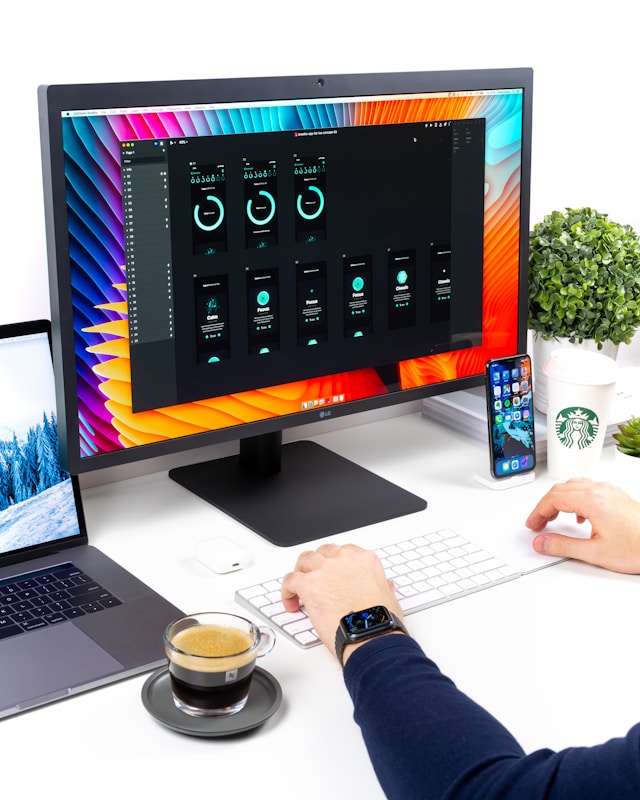Every brand needs a logo, and preferably one that’s memorable. All the ‘big brands’ have memorable logos. Think of fast food restaurants like McDonalds and car manufacturers like Ferrari, for example. Small businesses might strive to have a logo as instantly recognizable as these icons. But, in reality, designing a logo is a lot of work. We all have to start somewhere, so this guide explains how to design a logo for businesses of all kinds.
Here’s everything you need to know, from developing brand recognition to defining your identity.
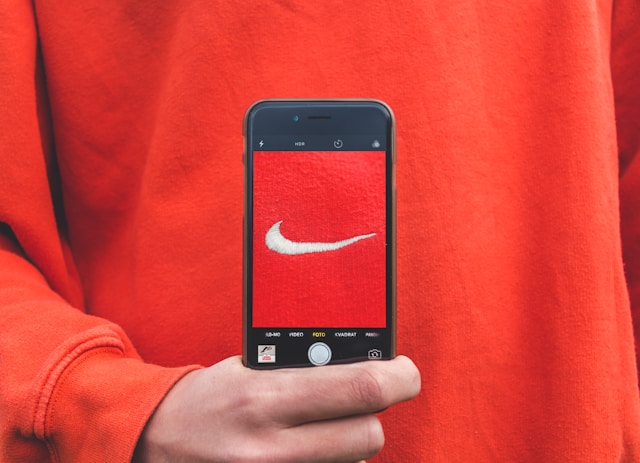
What Makes a Good Logo?
Designing begins with learning. What makes a good logo? Pro tip: start with the user experience (UX) principles you already know. UX is about designing with your customers’ needs in mind, and so is logo creation. The ultimate goal of both is creating something that resonates with your target audience.
Here are some basic rules of UX logo design:
- Don’t over-design: Make your design as simple and uncluttered as possible.
- Make it adaptable: Just like adaptive UX, your logo needs to work across different platforms and backgrounds. Experiment with different color palettes and orientations.
- Remember your audience: Your audience should immediately understand your logo. The color scheme, fonts, and so on should communicate something about your brand.
- Be original: It’s still important to stand out from the crowd, though. To make your brand instantly identifiable, make it unique.
- Make it timeless: It’s expensive to alter your logo every few years. Instead, use a straightforward, classic design that won’t go out of style.

How to Design a Business Logo
So, with those best practices in mind, you can start to create your logo. This symbol will appear on your website, business cards, social media, and more. Don’t be afraid to take time on it. Here’s how to design a business logo.
1. Understand Your Brand
The most important thing is to know your brand deeply. Without understanding the fundamentals of who you are, you can’t create an effective logo. Customers are distinctly aware of the subtle messages in visuals. This is why a real estate logo looks very different from a fast food logo–they’re promoting very different brand personalities.
In fact, according to Gitnux, 67% of consumers recognize a logo displayed for 400 milliseconds. That’s the power of branding!
Refer to your brand style guide throughout your logo creation. And if you don’t have a guide, it’s time to organize a branding workshop.
2. Brainstorm
Next, you can start coming up with ideas. We don’t mean for the logo, not yet. Instead, generate ideas for your branding, coming up with 5-10 words to describe your ethos.
You can also perform some market research. Think about what other companies in your industry are doing. What words describe them? How do they convey these words in their logos? Research is a crucial part of design, so don’t overlook this step.
3. Ideate
Next, start designing. At this point, we recommend sketching lots of different logos. Experiment with different types of logos, some with text and some without. Try color schemes, images, symbols, and more.
Have faith in the process and unleash your artistic side by just putting pen to paper. These are just basic sketches, so don’t expect them to be perfect yet.
4. Refine Your Favorite Idea
Eventually, you’ll need to narrow it down. This might be challenging, depending on how good all your rough sketches were. Pick your favorite idea, then hone it.
Now, you need to work on making the design really pop. Focus on making it as simple, timeless, and recognizable as possible. As a general rule of thumb, avoid using more than three colors.
Arguably, this is the hardest step, but there’s still time to iterate the design later.
5. Think about Color
Color is one of the most important parts of your logo. It says a lot about your brand. Red, for example, is passionate and exciting. Meanwhile, light blue is calming and friendly.
Ideally, 60% of your logo should be one color. Don’t use the whole rainbow in your logo–three shades are enough! Remember, simplicity is key, so your logo will be more recognizable if it’s straightforward.
6. Think about Typography
Not all logos use text. Think of Nike’s famous “swoosh” –it’s just a tick with no text. However, plenty of logos do include a brand name or slogan. As a newer brand, you’ll probably need at least your business name while you’re still building brand recognition.
But the text you use doesn’t just convey information through words. The font itself also communicates with your audience.
You’ll need a font that suits your brand. Serif fonts (with stems on each letter) convey a sense of traditionalism and classic style. Meanwhile, sans-serif (without the stems) is more modern. Try to avoid generic fonts like Times New Roman or Comic Sans.
7. Digitize Your Logo
You may have worked on paper up to this point. Now, it’s time to digitize that design. You can use a few tools:
- Adobe
- Canva
- Photoshop
- LogoCrisp
Some tools are easier than others, so find one that suits your design skills. Play around with the design here and see how it works as a balanced, versatile logo.
8. Ensure Scalability
You’ll need to use your logo across platforms. Sometimes, it will be in print; other times, it will be online. Depending on your business, it might even end up on uniforms. You need a logo that you can both blow up for a billboard or scale down for a business card. It must be readable regardless of size or location.
9. Iterate
Businesses rarely alter their logos. Iteration in logo design differs from iterating in UX because it’s not a continuous process. However, this doesn’t mean that you should accept your first design.
Instead, look to your audience for feedback. They are the ones you need to impress with your design. Seek as much input as you can regarding your logo, then adjust it as necessary. It might take a few tries.
Eventually, you’ll make a logo that everyone is happy with.
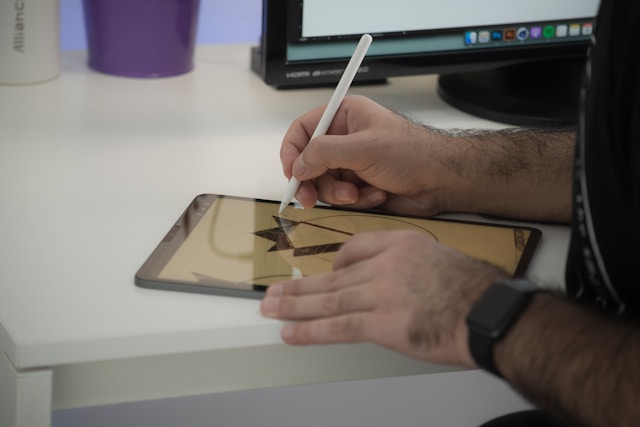
How Much To Charge for a Logo Design
Anyone with graphic design skills can make good money designing logos. It even makes a great side gig for UX designers. However, they need to know how much to charge for a logo design. Similarly, business owners want an estimate of how much a designer charges.
A logo typically costs anywhere between $2 and $2500+. On Upwork and Fiverr, you can hire freelancers for as little as $20 or attempt it yourself for free. However, the best logo designs are, for better or worse, expensive.
The cost varies based on:
- Design process
- Expertise of the designer
- The revision process
- Logo quality
It feels like a hefty investment, but that’s because it’s an important one!
How to Design a Logo for Free
As an alternative, you can learn how to design a logo for free. The quality might not be up to par with a professionally designed logo. However, it’s a good solution for startups.
Basically, you adhere to the same steps on how to create a logo that we outlined above. However, you can start with a free logo creator. The templates they provide are pretty generic, so don’t expect anything radical. In fact, you might encounter other brands with similar logos. It’s a bit like using AI.
Most of the platforms also cost money but provide limited features for free. With that in mind, here are some of the best options:
- Canva: best overall as a free logo creator
- Wix: best for beginners with no design experience
- Adobe Express: best for versatility
- Ucraft: best for creating a vector file
How to Design a Logo for Beginners
Those free tools are great for beginners. However, total newbies to logo design might need a few more tips. Logo design is so important, and getting it right is tricky. But with these tips below, you can create a professional logo without much experience.
Here’s how to design a logo for beginners:
- Refer to your style guide: A brand style guide can take you far. Compile a creative brief before you even start on your logo.
- Market research: Don’t overlook the importance of research. Your logo says a lot about your brand, but without marketing experience, developing a brand is hard. Market research can help you understand what colors and fonts work for your industry.
- Color choice: You can also research color psychology to get some ideas.
- Play with black and white: Sometimes, your logo will appear in black and white or on different backgrounds. Play around with the colors to make sure it works in all instances.
- Be careful with fonts: You know your company. You might assume the font is legible because you know what it says. This is why testing is so important.
- Be straightforward: Restrict your logo to as few elements as possible. This helps with scalability and recognition.
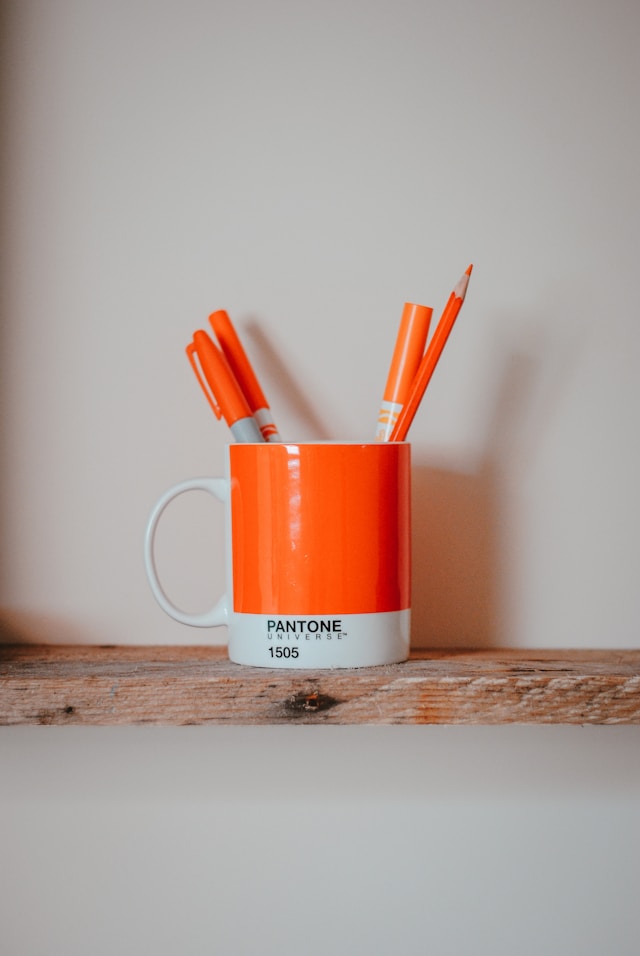
How To Trademark Your Logo
The foundation of your brand is your logo, which makes protecting it from infringement essential. Although trademarking can be a challenging, intricate, and costly procedure, it’s worthwhile. Here’s how to trademark your logo.
1. Do You Need a Trademark?
Not every logo is trademark-worthy. After all, registering and maintaining one is expensive. You attain automatic common law ownership and limited protections when you start to trade using a logo. However, this only applies to your local area. If you plan to trade nationwide, you might need a trademark.
2. Check Existing Trademarks
Before you apply, do some market research. The USPTO may reject your application if your logo is too similar to another one. Before you file, check this using the Trademark Electronic Search System (TESS).
3. Prepare Your Application
Preparing a trademark application takes time and effort. With each application, you need to submit a fee. By the way, this is non-refundable even if the USPTO rejects your request, which is why the application is important. Hiring a lawyer to guide you through the process can ensure that you don’t miss any of these minor details.
Make sure you have:
- Your name, address, and personal details
- The products and services the logo represents
- A JPG of the logo’s final version, including a description of the colors
- A JPG or PDF of a “specimen” showing how the logo appears on the product
- Appropriate funds
By the way, registering a trademark in color only covers the logo if it appears in those colors. However, trademarking the black-and-white version protects it no matter how it appears in marketing materials.
4. File the Application
Now, you can file your application via the USPTO website, which has detailed instructions on how to file. Again, an attorney can help you. Following submission, you can check your application’s status using the Trademark Status and Document Retrieval (TSDR). The USPTO recommends checking every 5-7 days.
During the application, the USPTO assigns an attorney to check your application. They will ensure no existing logos clash with yours and that yours meets the legal requirements. They then publish the logo in a USPTO journal.
If nobody files an opposition, they will register your trademark. However, if there are issues, they will notify you and give you six months to correct them.
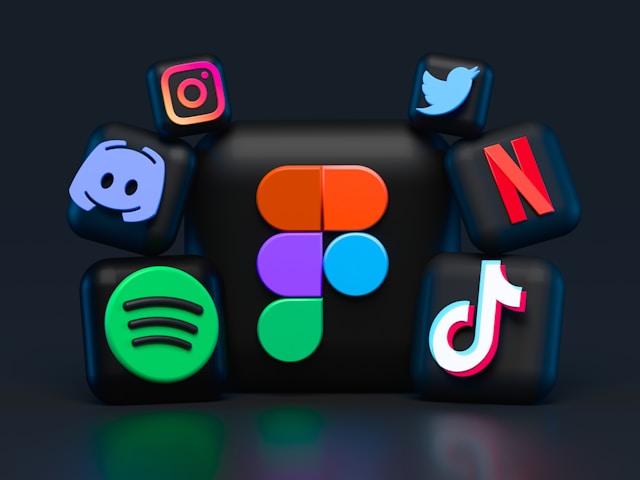
Inspire Your Logos and Beyond With Page Flows
Your brand’s journey doesn’t end with a stunning logo. Everything you create is part of your brand, from products to marketing. And, of course, this includes UX. We’ve explained how to design a logo, but now, you need to make a fantastic user experience.
When you need design inspiration, why not learn from proven products? Page Flows is a helpful resource for finding UX design ideas. Get started today to access our growing library of user flow recordings and finally stay up-to-date with current design trends.




